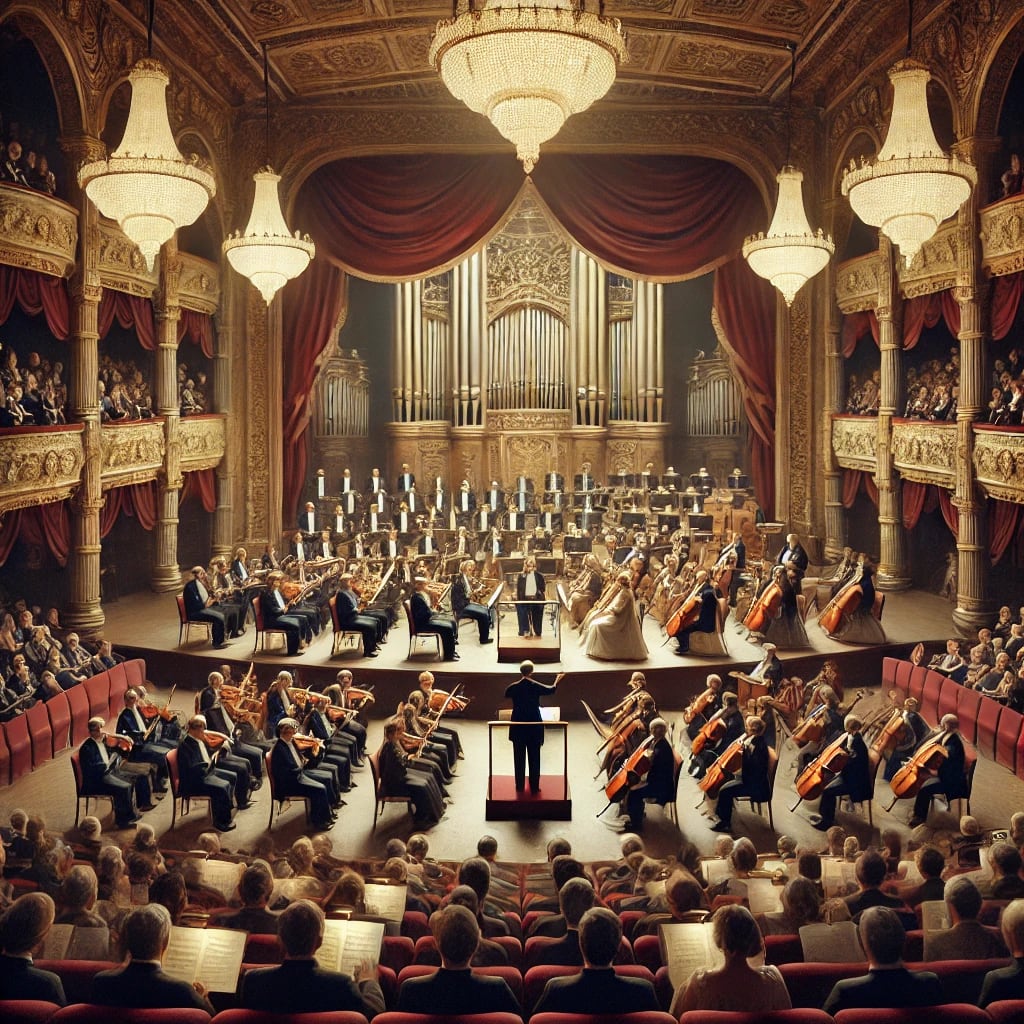About This Category
Classical music spans centuries of brilliance and invention. Johann Sebastian Bach laid the foundation with intricate fugues and sacred works, combining structure with spiritual power. Mozart brought elegance, clarity, and joyful melodies, while Beethoven pushed boundaries with symphonies that thundered with drama and passion. Later, composers like Brahms and Mendelssohn carried the tradition into romantic depth, while Stravinsky shattered norms with modernist fire. The hallmarks of classical sound are balance, form, and emotion: flowing sonatas, grand concertos, soaring choral works, and symphonies filled with contrast. Instruments like violin, piano, and flute sing with timeless clarity, weaving human stories into sound. Today, classical music is both heritage and inspiration, alive in concert halls and film scores alike. Sit back, count the beats, or sing a melody you know — classical music invites you to step into its eternal rhythm!
